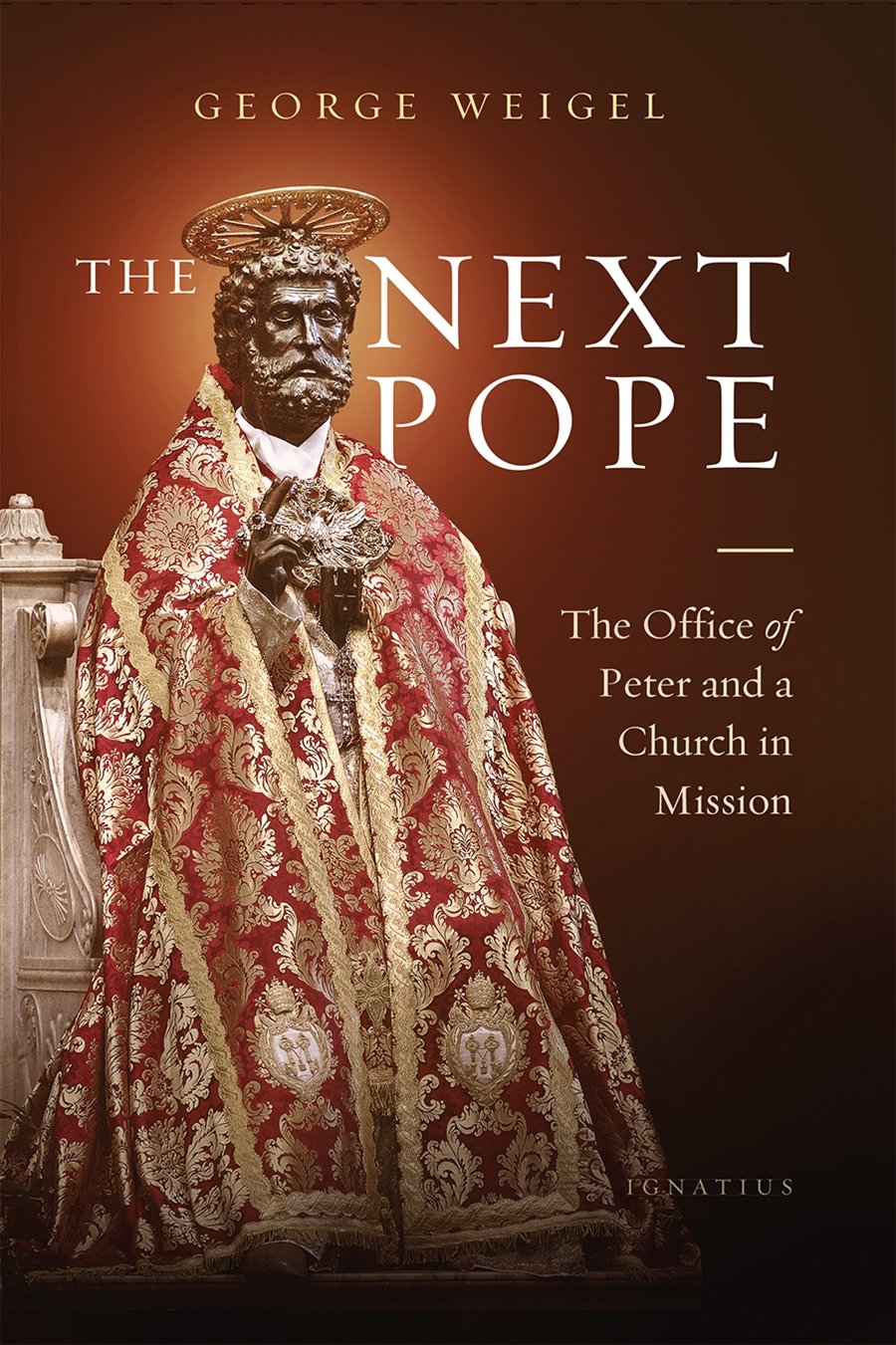2 ‘Next Pope’ Books Follow Different Paths
ANALYSIS: Two books with the same title explore two different aspects of a future pontificate.

It is an inevitable feature of any pontificate that there comes a time when thought is given to the one that must follow. It is not a statement of disrespect to the reigning pontiff, nor is it a desire for a pope to be pushed off the papal throne.
There is a very long history — especially among the Romans — of speculation on coming conclaves and debating the leading candidates. That has not changed in the modern era.
In 1995, for example, papal biographer Peter Hebblethwaite published The Next Pope: A Behind-the-Scenes Look at the Forces That Will Choose the Successor to John Paul II and Decide the Future of the Catholic Church. As it happened, Hebblethwaite’s analysis of an impending conclave came out 10 years before the eventual passing of Pope St. John Paul II, and by the time of the actual election, the list of papabili, or papal contenders, had changed significantly, as had many of the very dynamics examined in the book.
That there are — and will be — books studying a future and foreseeable pontificate and helping readers to understand who the key players are at a given moment in a pontificate is thus not unusual. What is notable, however, is that we are currently blessed with two books with the same title, The Next Pope, even though they are radically different in scope and intent. How different becomes clear not in the title but the subtitles.
And so, we have George Weigel’s The Next Pope: The Office of Peter and a Church in Mission (Ignatius Press) and Edward Pentin’s The Next Pope: The Leading Cardinal Candidates (Sophia Institute Press).
Both are in and of themselves contributions to a deeper understanding of this historical moment in the life of the Church early in the 21st century.

The Next Pope: The Office of Peter and a Church in Mission focuses on this transition, in particular on two questions: “What has the Holy Spirit been teaching a Church-in-transition? What are the qualities needed in the man who will lead the Church through this transition, bearing the awesome responsibility and great burden of the Office of Peter?”
These are major questions, and Weigel adds to their weight by anticipating that the next pope will also be a transitional figure.
“The next pope,” he proposes, “will likely have been a teenager or a very young man during the Vatican II years; he may even have been a child during those years. In any case, he will not have been shaped by the experience of the Council and the immediate debates over its meaning and its reception like John Paul II, Benedict XVI and Francis. Thus the next pope will be a transitional figure in a different way than his immediate predecessors. So it seems appropriate to ponder now what the Church has learned from its experiences during the pontificates of these three conciliar popes— and to suggest what the next pope might take from that learning. The Catholic Church will be crossing into uncharted territory in the next pontificate.”
If Weigel is taken up with the “what” of a coming pontificate, Pentin’s The Next Pope: The Leading Cardinal Candidates brings us the prospect of the “who” in a future pontificate.
.jpeg)
Pentin also writes that the list of 19 is a “first edition,” suggesting that there may very well be future editions in coming years as some cardinals slip from the list or others find their way on it.
The list is an impressive one, but it would be a mistake to assume it is merely some predictive instrument that is trying to influence a future conclave. Rather, a careful reading of the biographies and especially the extremely meticulous analyses of their writings and teachings reveals the mind, spirituality and character of these cardinals through their role as bishops. This is crucial, for it is in the exercise of their threefold office (munus) of sanctifying, governing and teaching that we can most clearly see how each might perhaps exercise on some future day the Petrine ministry itself.
Read in light of each other, the two books titled The Next Pope give us a complementary and valuable picture of the Church in the new millennium and the shepherds who presently have the immense responsibility of guiding it.
Matthew Bunson is the executive editor of EWTN News.

















